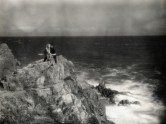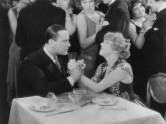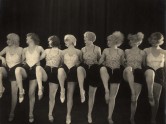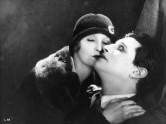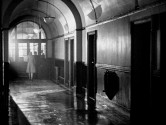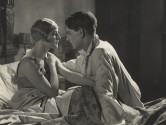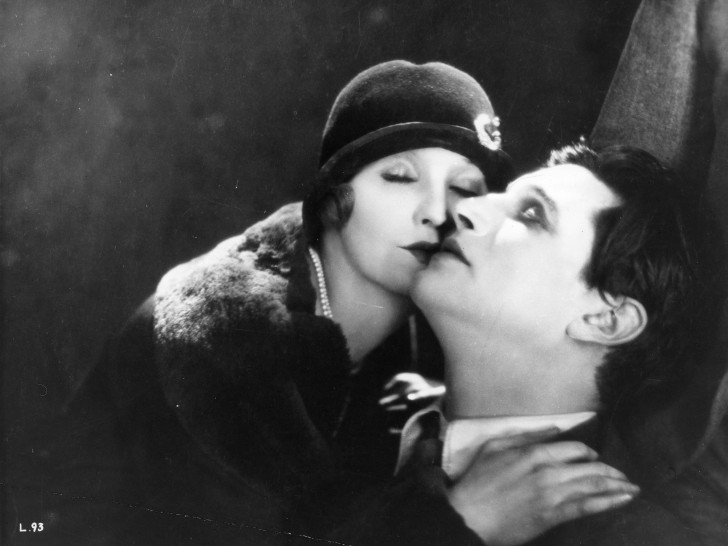
The Lodger
Screening on Film
Recently Restored
With Ivor Novello, June Tripp, Marie Ault.
UK, 1926, 35mm, black & white, silent, 90 min.
Print source: British Film Institute
Anchored in the Expressionist technique Hitchcock absorbed during his apprenticeship at Berlin’s UFA Studio, The Lodger casts heartthrob Ivor Novello as an ominous boarder who may or may not be responsible for a string of ghastly murders. Perceptively evoking the public fascination with serial killers like Jack the Ripper, Hitchcock envisions the tabloid readers, radio listeners, and pub gossips finally cohering into a dangerous mob. The director’s yen for imaginative camera effects is richly apparent in his use of extreme angles, superimposition, and glass floors, though in the end it’s a simple close-up—a simultaneously terrifying and seductive image of Novello drawing near for a kiss—that is most suggestive of Hitchcock’s complex designs on the audience’s emotions. For scholar William Rothman, “The Lodger is not an apprentice work but a thesis, definitively establishing Hitchcock’s identity as an artist.”

